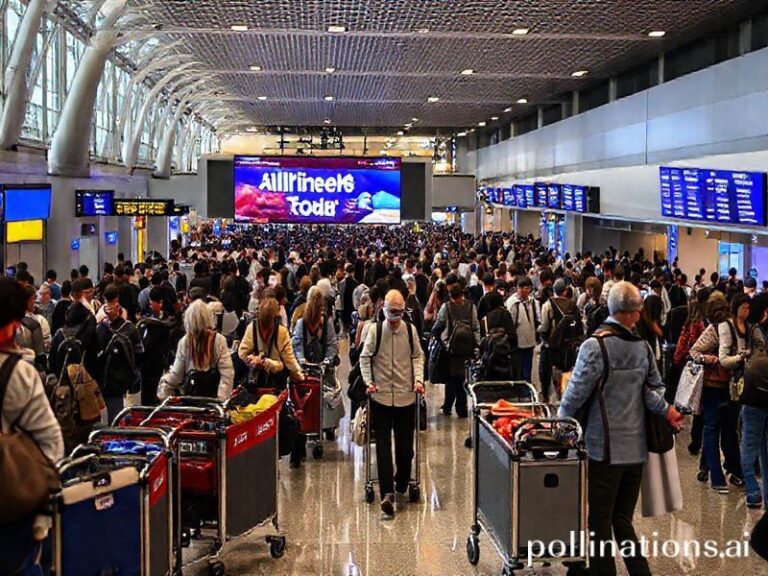Fall Back 2025: The Global Time Change That’s Got Us All Talking (Again)
**Title: “Fall Back 2025: The Global Time Travel That’s Got Us All Yawning (Again)”**
Alright, folks, it’s that time of the year again when we all collectively hit the snooze button on life itself. Yes, we’re talking about “Fall Back 2025,” the biannual ritual where we turn back our clocks, confuse our internal alarms, and debate the merits of daylight saving time (DST) over our morning coffee. But why is this topic trending globally, and what makes it so significant? Let’s dive in.
**The Cultural Context: A Time Warp Tradition**
Daylight saving time, or DST, is like that old friend who always shows up uninvited but somehow manages to stay anyway. It’s a practice that dates back to World War I, when countries started tinkering with time to save energy. Fast forward to 2025, and we’re still grappling with the consequences of this temporal tinkering.
The idea behind DST is simple: in the summer, we move our clocks forward an hour to extend evening daylight, and in the fall, we move them back to “fall back” to standard time. It’s a bit like time travel, but without the cool gadgets or time-traveling heroes. Instead, we get groggy employees, confused pets, and a collective groan from the internet.
**The Social Impact: A Global Time Capsule**
The social impact of “Fall Back 2025” is as varied as the countries that observe DST. In the U.S., it’s a topic that unites (or divides) the nation, sparking debates in Congress and endless memes on social media. In Europe, it’s a topic that’s been hotly contested, with the European Parliament voting to abolish DST in 2019, though implementation has been delayed.
Meanwhile, in countries like Japan and India, DST is a non-issue, adding a layer of confusion for global businesses and travelers. It’s a reminder that time, much like humor, is subjective and culturally relative.
**The Significance: A Ticking Time Bomb**
So, why does “Fall Back 2025” matter? For one, it’s a reminder of our collective obsession with time and productivity. It’s also a topic that highlights the challenges of global coordination in an increasingly interconnected world. And let’s not forget the health implications. Studies have shown that the shift in time can disrupt sleep patterns, increase heart attack risks, and even affect mental health.
**The Internet’s Reaction: A Meme-Worthy Moment**
As always, the internet has a lot to say about “Fall Back 2025.” From memes about the eternal struggle of adjusting to the time change to petitions advocating for the abolition of DST, the online conversation is as lively as ever. It’s a testament to the power of the internet to turn even the most mundane topics into global discussions.
**Conclusion: Time to Rewind**
In conclusion, “Fall Back 2025” is more than just a time change. It’s a cultural phenomenon that reflects our relationship with time, our need for productivity, and our collective love for a good meme. So, as we prepare to turn back our clocks, let’s take a moment to appreciate the absurdity of it all. After all, in a world where we can stream movies, order food, and even date with the click of a button, it’s almost quaint that we still can’t agree on what time it is.







